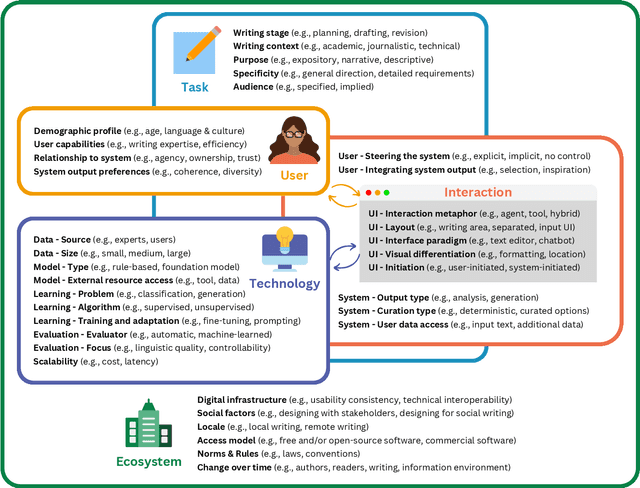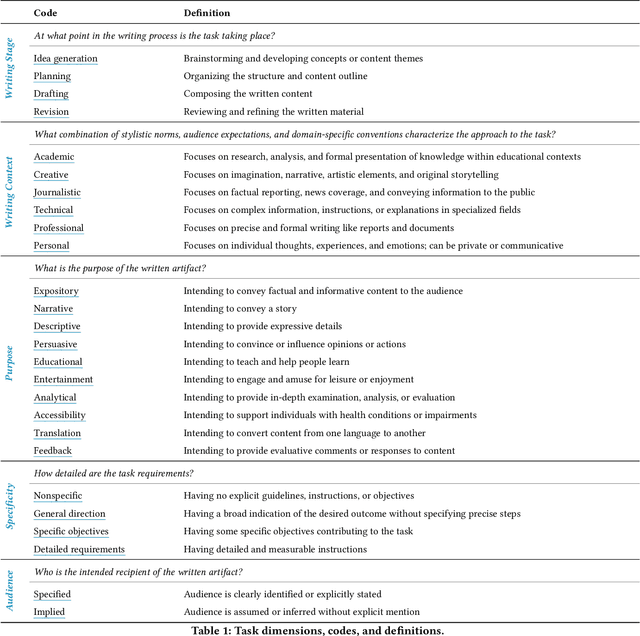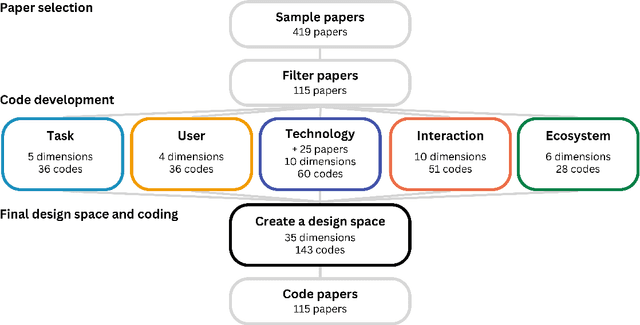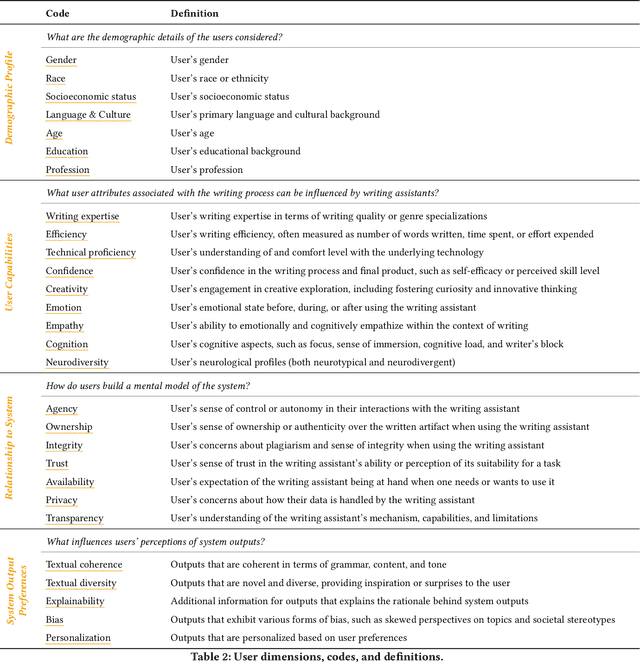Senjuti Dutta
University of Tennessee, Knoxville
Beyond Thumbs Up/Down: Untangling Challenges of Fine-Grained Feedback for Text-to-Image Generation
Jun 24, 2024Abstract:Human feedback plays a critical role in learning and refining reward models for text-to-image generation, but the optimal form the feedback should take for learning an accurate reward function has not been conclusively established. This paper investigates the effectiveness of fine-grained feedback which captures nuanced distinctions in image quality and prompt-alignment, compared to traditional coarse-grained feedback (for example, thumbs up/down or ranking between a set of options). While fine-grained feedback holds promise, particularly for systems catering to diverse societal preferences, we show that demonstrating its superiority to coarse-grained feedback is not automatic. Through experiments on real and synthetic preference data, we surface the complexities of building effective models due to the interplay of model choice, feedback type, and the alignment between human judgment and computational interpretation. We identify key challenges in eliciting and utilizing fine-grained feedback, prompting a reassessment of its assumed benefits and practicality. Our findings -- e.g., that fine-grained feedback can lead to worse models for a fixed budget, in some settings; however, in controlled settings with known attributes, fine grained rewards can indeed be more helpful -- call for careful consideration of feedback attributes and potentially beckon novel modeling approaches to appropriately unlock the potential value of fine-grained feedback in-the-wild.
A Design Space for Intelligent and Interactive Writing Assistants
Mar 26, 2024



Abstract:In our era of rapid technological advancement, the research landscape for writing assistants has become increasingly fragmented across various research communities. We seek to address this challenge by proposing a design space as a structured way to examine and explore the multidimensional space of intelligent and interactive writing assistants. Through a large community collaboration, we explore five aspects of writing assistants: task, user, technology, interaction, and ecosystem. Within each aspect, we define dimensions (i.e., fundamental components of an aspect) and codes (i.e., potential options for each dimension) by systematically reviewing 115 papers. Our design space aims to offer researchers and designers a practical tool to navigate, comprehend, and compare the various possibilities of writing assistants, and aid in the envisioning and design of new writing assistants.
Understanding Subjectivity through the Lens of Motivational Context in Model-Generated Image Satisfaction
Feb 27, 2024



Abstract:Image generation models are poised to become ubiquitous in a range of applications. These models are often fine-tuned and evaluated using human quality judgments that assume a universal standard, failing to consider the subjectivity of such tasks. To investigate how to quantify subjectivity, and the scale of its impact, we measure how assessments differ among human annotators across different use cases. Simulating the effects of ordinarily latent elements of annotators subjectivity, we contrive a set of motivations (t-shirt graphics, presentation visuals, and phone background images) to contextualize a set of crowdsourcing tasks. Our results show that human evaluations of images vary within individual contexts and across combinations of contexts. Three key factors affecting this subjectivity are image appearance, image alignment with text, and representation of objects mentioned in the text. Our study highlights the importance of taking individual users and contexts into account, both when building and evaluating generative models
Ocassionally Secure: A Comparative Analysis of Code Generation Assistants
Feb 01, 2024Abstract:$ $Large Language Models (LLMs) are being increasingly utilized in various applications, with code generations being a notable example. While previous research has shown that LLMs have the capability to generate both secure and insecure code, the literature does not take into account what factors help generate secure and effective code. Therefore in this paper we focus on identifying and understanding the conditions and contexts in which LLMs can be effectively and safely deployed in real-world scenarios to generate quality code. We conducted a comparative analysis of four advanced LLMs--GPT-3.5 and GPT-4 using ChatGPT and Bard and Gemini from Google--using 9 separate tasks to assess each model's code generation capabilities. We contextualized our study to represent the typical use cases of a real-life developer employing LLMs for everyday tasks as work. Additionally, we place an emphasis on security awareness which is represented through the use of two distinct versions of our developer persona. In total, we collected 61 code outputs and analyzed them across several aspects: functionality, security, performance, complexity, and reliability. These insights are crucial for understanding the models' capabilities and limitations, guiding future development and practical applications in the field of automated code generation.
Modeling subjectivity (by Mimicking Annotator Annotation) in toxic comment identification across diverse communities
Nov 01, 2023Abstract:The prevalence and impact of toxic discussions online have made content moderation crucial.Automated systems can play a vital role in identifying toxicity, and reducing the reliance on human moderation.Nevertheless, identifying toxic comments for diverse communities continues to present challenges that are addressed in this paper.The two-part goal of this study is to(1)identify intuitive variances from annotator disagreement using quantitative analysis and (2)model the subjectivity of these viewpoints.To achieve our goal, we published a new dataset\footnote{\url{https://github.com/XXX}} with expert annotators' annotations and used two other public datasets to identify the subjectivity of toxicity.Then leveraging the Large Language Model(LLM),we evaluate the model's ability to mimic diverse viewpoints on toxicity by varying size of the training data and utilizing same set of annotators as the test set used during model training and a separate set of annotators as the test set.We conclude that subjectivity is evident across all annotator groups, demonstrating the shortcomings of majority-rule voting. Moving forward, subjective annotations should serve as ground truth labels for training models for domains like toxicity in diverse communities.
 Add to Chrome
Add to Chrome Add to Firefox
Add to Firefox Add to Edge
Add to Edge